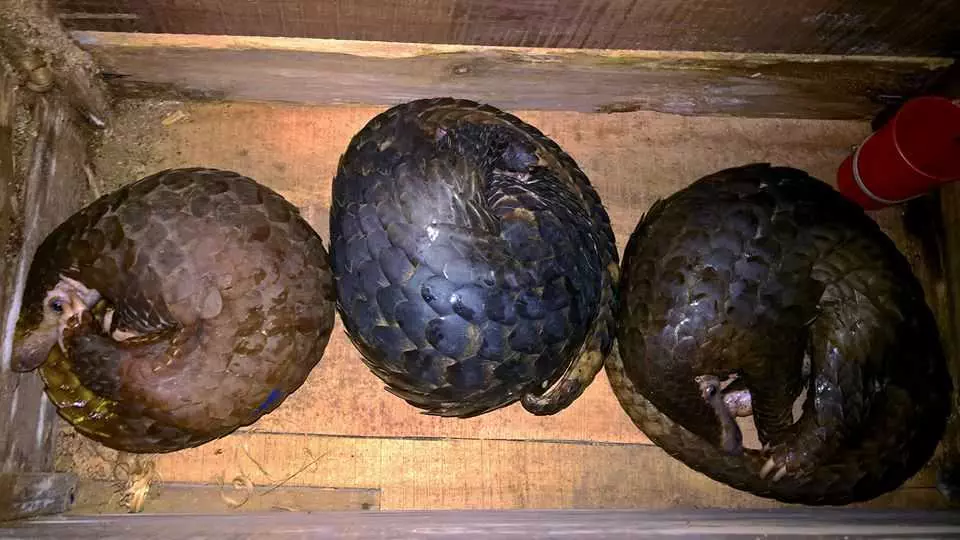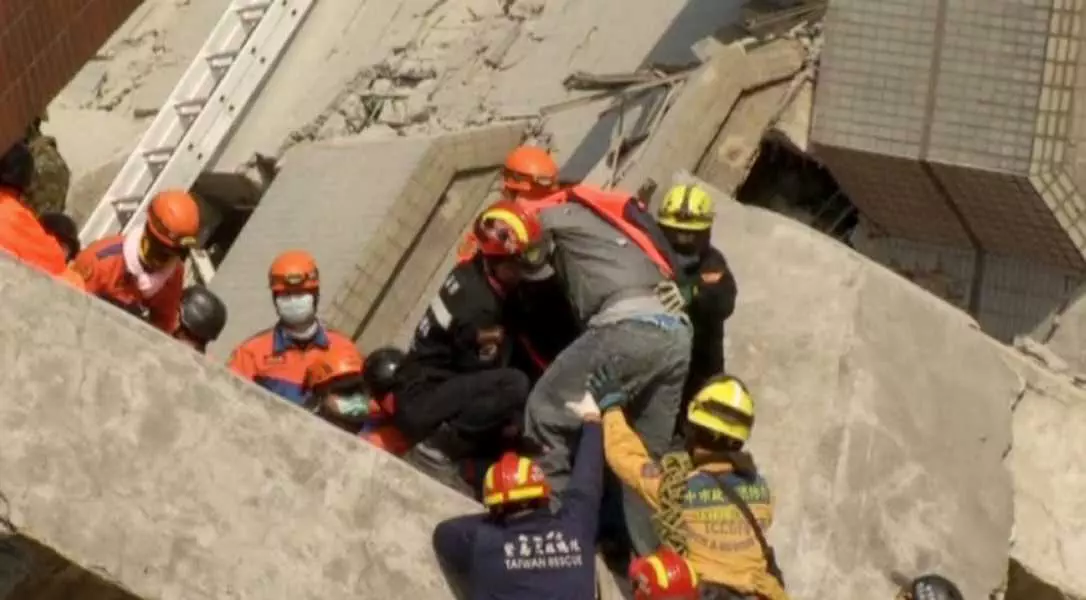
Www. Images. Thestar. Com
Rescuers never know what to expect when they are called to an emergency scene. It could be children hanging off a cliff or a man who’s leg is stuck in a burning car that he needs to get out of urgently. There is never any time to waste, and this was the case when authorities that stopped a smuggling vehicle called these rescuers.
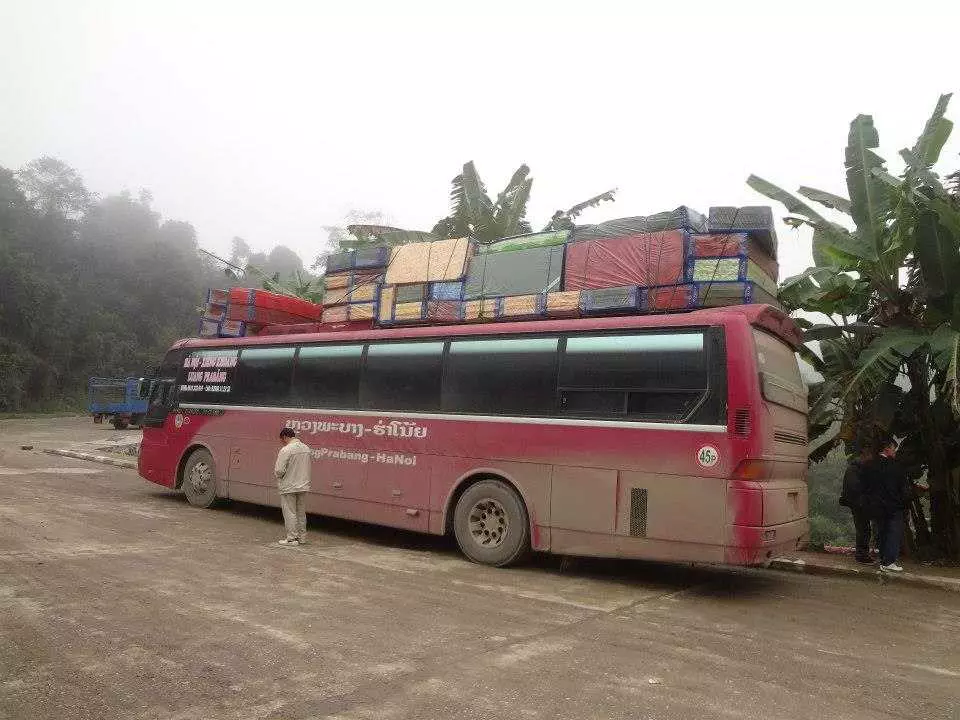
Www. Pommietravels. Com
On 19 October 2017 in Vietnam, a vehicle that was heading to Ninh Binh was pulled over by local authorities. No one actually knows what gave them the intuition to stop a tourist vehicle with passengers and search it but they did, and you won’t believe what they found in the undercarriage of the tourist bus.
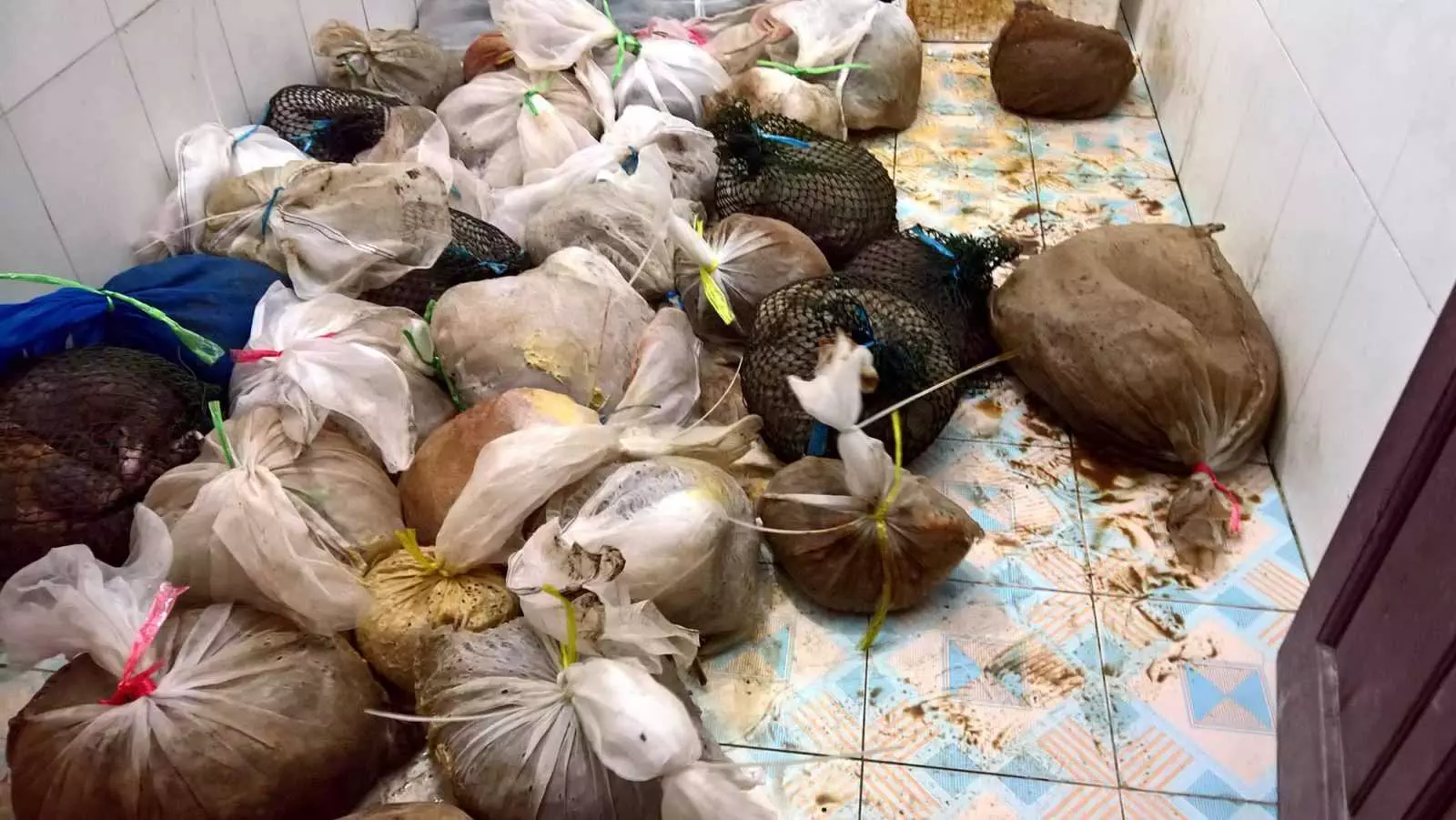
Www. Scribol. Com
A collection of frozen body parts was found in the undercarriage of the tourist bus alongside 101 plastics that were sealed so that no one could see what was inside. The rescuers were called were from Save Vietnam’s Wildlife which helps animals endangered by habitat loss and smuggling. They were called because what was found in the 101 plastic bags was a horrible sight.
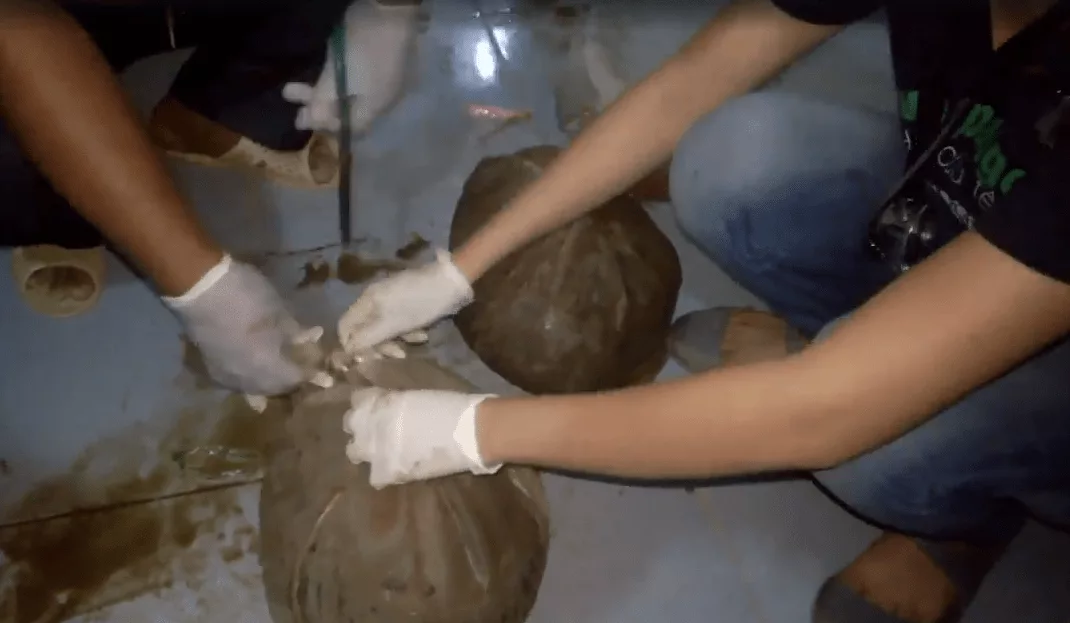
Www. Scribol. Com
The bags were full of live animals that were struggling to breath and covered in their excrement. There were 69 turtles and 32 pangolins which made the total 101 animals. When rescuers are called they hope that they arrive in time to save whatever or whoever they are being called for, in this case, fortunately, the Save Vietnam’s Wildlife rescuers were just in time.
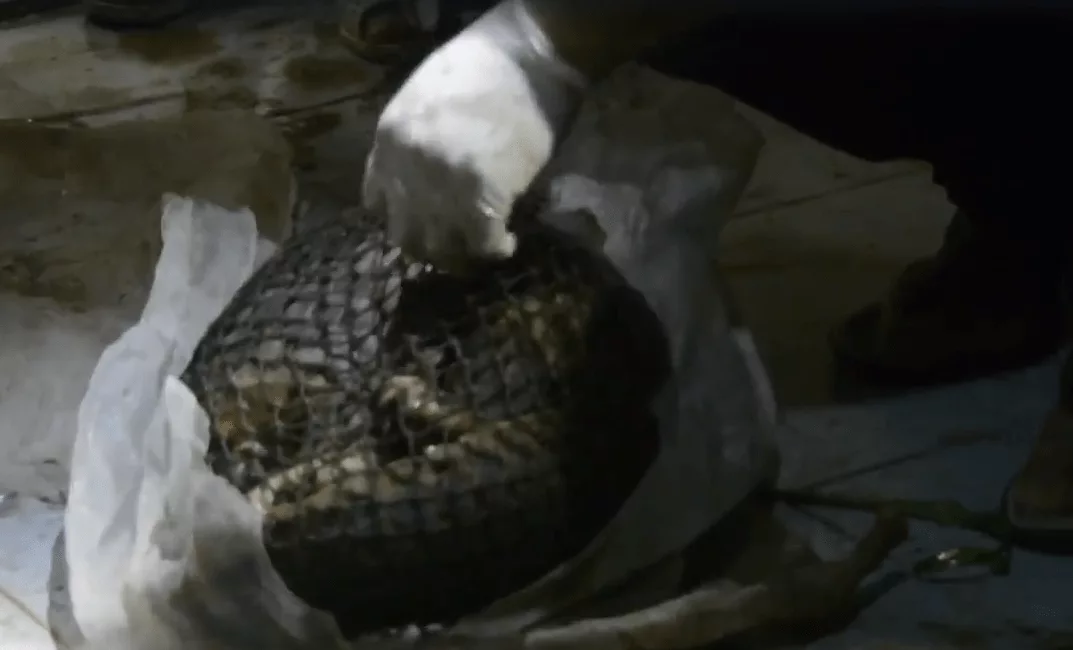
Www. Scribol. Com
The animals weren’t just caught in a plastic, they had a harsh mesh net that was used to restrict their movement, The rescuers and the authorities that called them to the scene worked together to cut the mesh net off the animals and set them free. Even though the animals were alive, they were still very terrified.
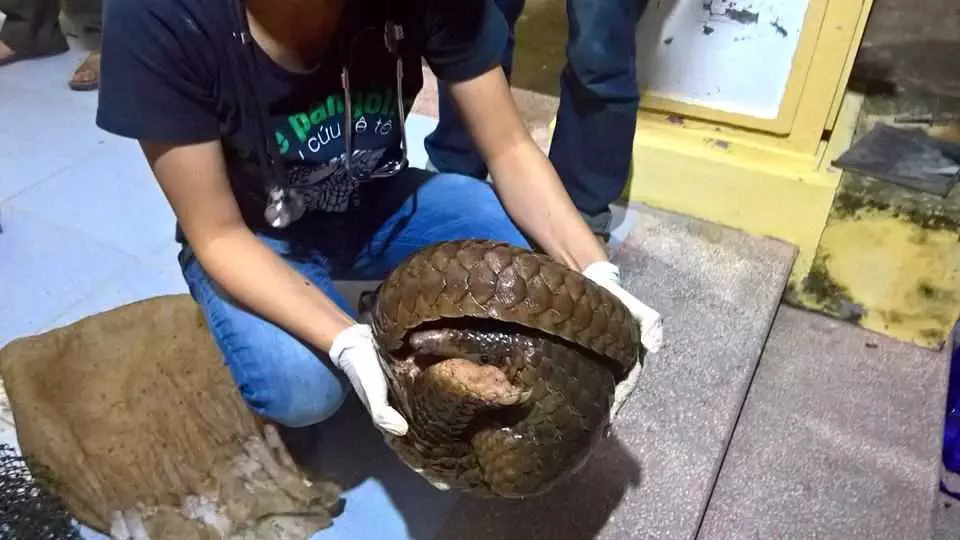
Www. Scribol. Com
The fear of the animals was most apparent in the pangolin. The pangolin, like the armadilos, curls up when it is scared and on this day this is exactly what all the pangolin did. One rescuer recorded the whole rescue which showed the conditions the animals were exposed to and how they were saved. This video was then uploaded to social media.
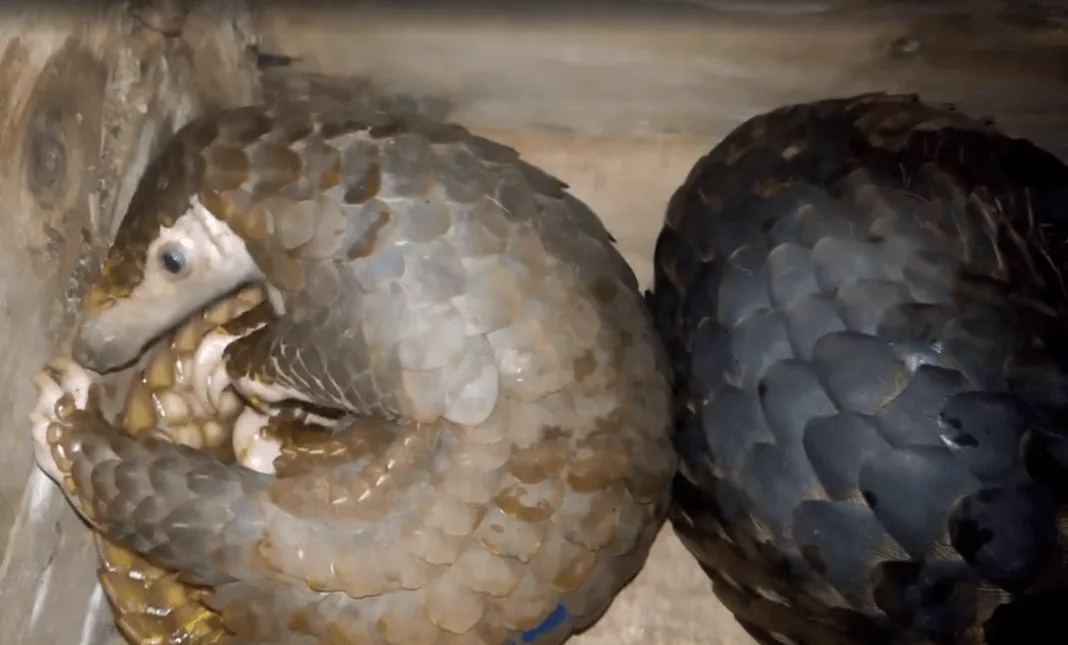
Www. Scribol. Com
The rescuer described the shocking conditions that the pangolin were subjected to in this way,”the pangolin were found in tight plastic bags, struggling for air and space. It took us a while to take a pangolin out; there was just layer after layer and they were covered in their own poop and urine”.
The rescuers were eventually able to get all of them out and as time passed by the pangolin began to uncurl and started relaxing. They were out of the horrific mesh nets and plastics that terrified them and were placed in large boxes that allowed for them to be transported more humanely and with no cruelty. The animals were a lot so some of them had to share boxes.
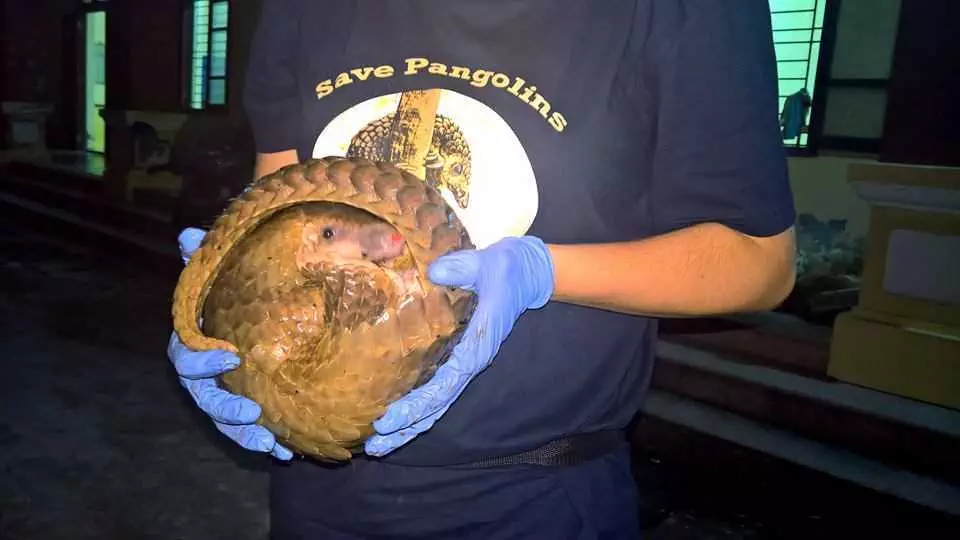
Www. Scribol. Com
In better conditions, the animals started looking stronger and more healthier. The pangolin were sent to the regional Center for Care and the turtles were received by the Asian Turtle Program. These two organisations ensure that no animal cruelty and harm is done against the animals they stand up for, they are also a home for endangered species.
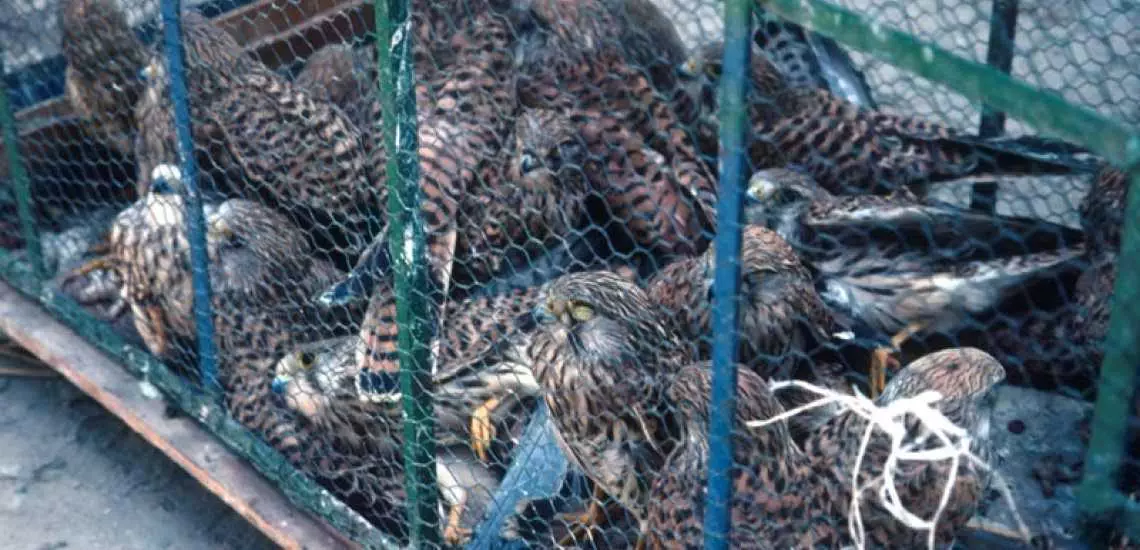
Www. Birdlife. Org
The question we all want to answer is why the those poor, beautiful animals were being smuggled with the bus and where they were being taken to? Reports say that they were being smuggled to east Asia where they would be killed. Why is there such a high demand for pangolin and turtle in east Asia to the extent that they are smuggled?

Www. Scribol. Com
There is a high demand for turtle and pangolin. They are either eaten as a delicacy by those who can afford them or they are killed and used in traditional Eastern medicine, although it should be made clear that not all traditional doctors and healers use medicine they make from endangered species.
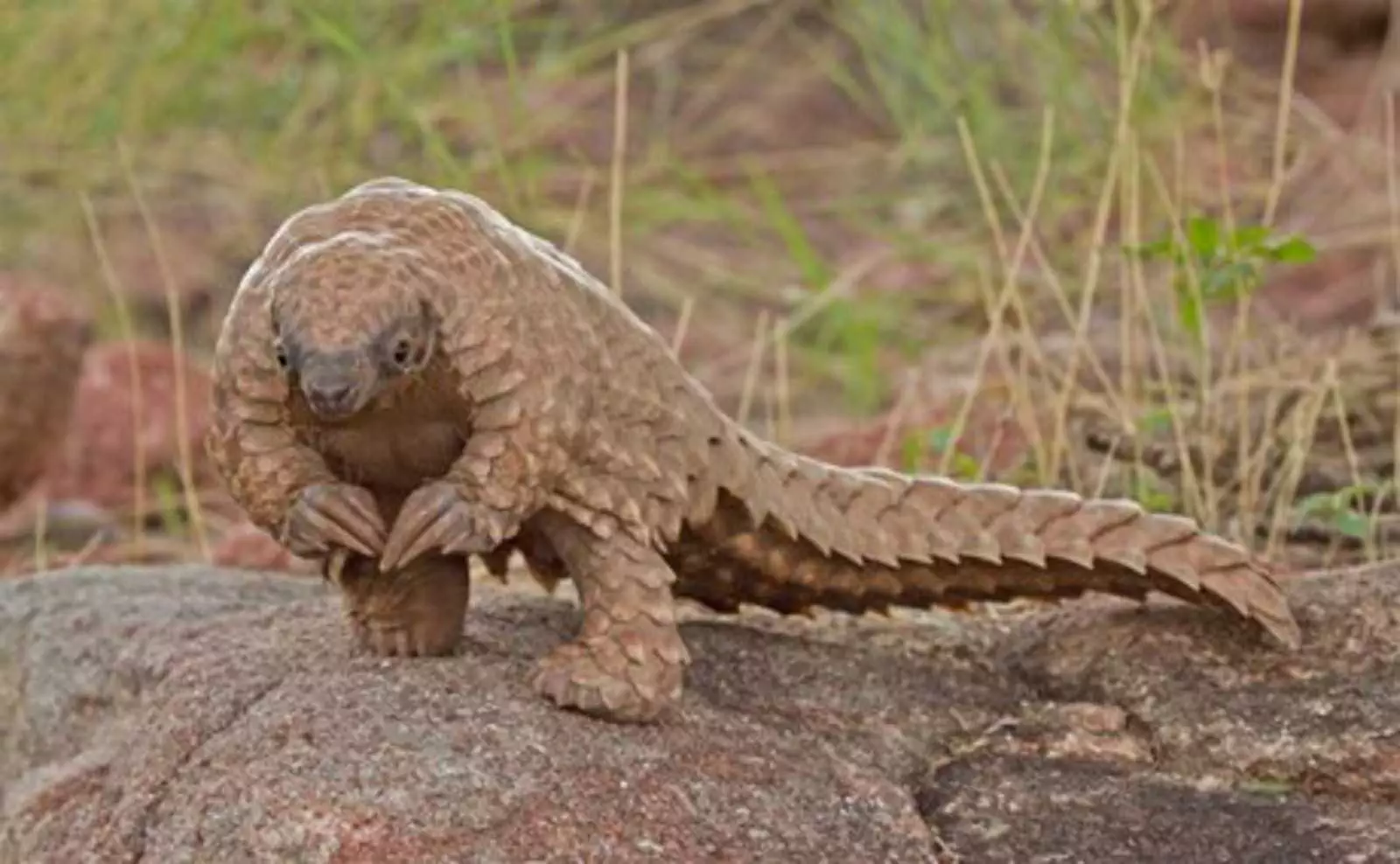
Www. Vignette. Wikia. Nocookie. Ne
The pangolin is usually killed for meat but it’s scales are said to have other uses such as aiding lactation in mothers and curing palsy. There is no scientific evidence to support this claim but some people in Vietnam believe it regardless. The pangolin is poached so much that it is on the verge of extinction.
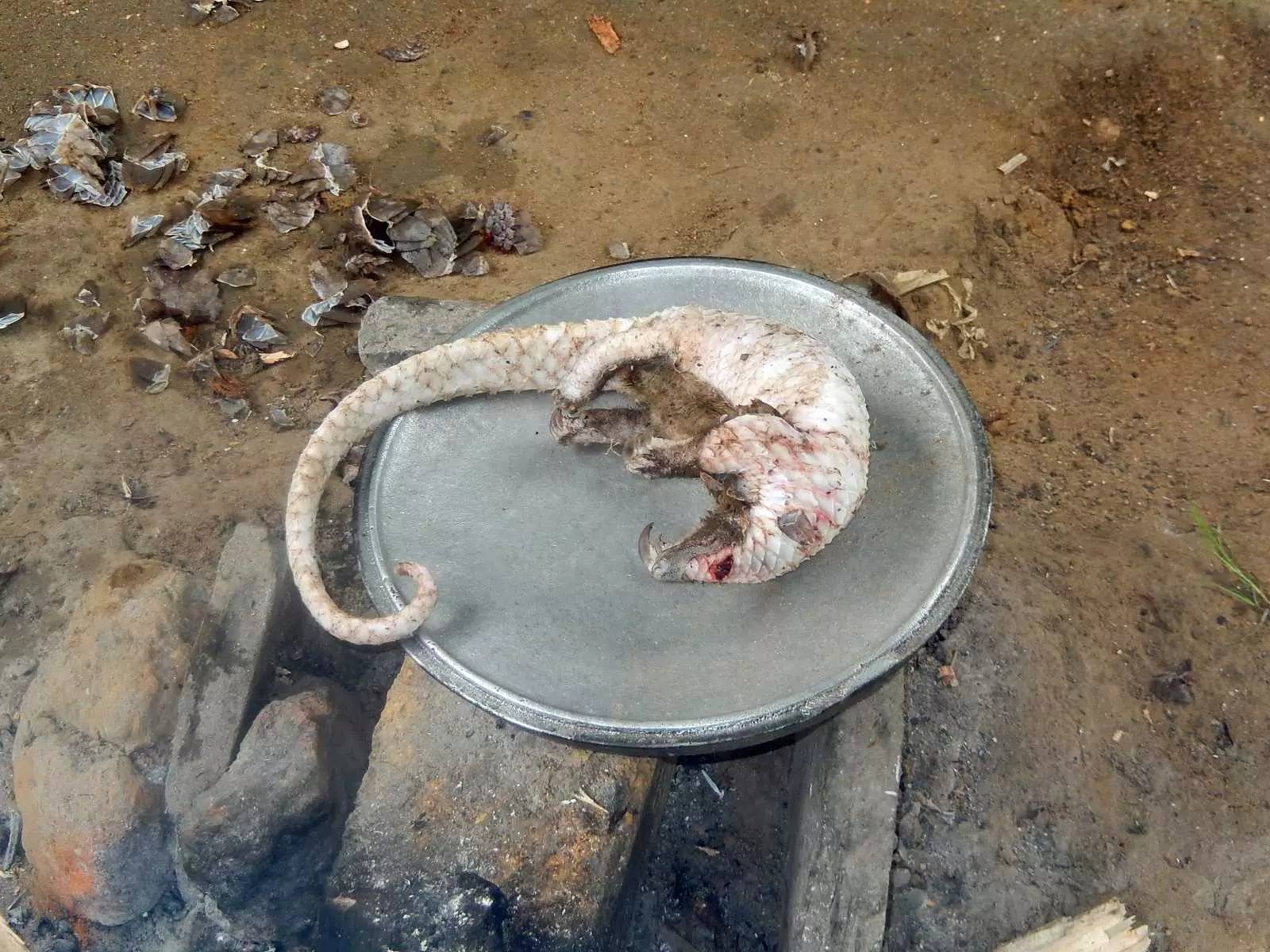
Www. Upload. Wikimedia. Org
Smugglers do not care whether the animals they are trafficking die or not which is why they wrapped them in plastic and mesh. The animals are killed when they get to east Asia so it does not matter how they are transported either which is why they were placed in the undercarriage of a tourist bus. Smugglers have no remorse.
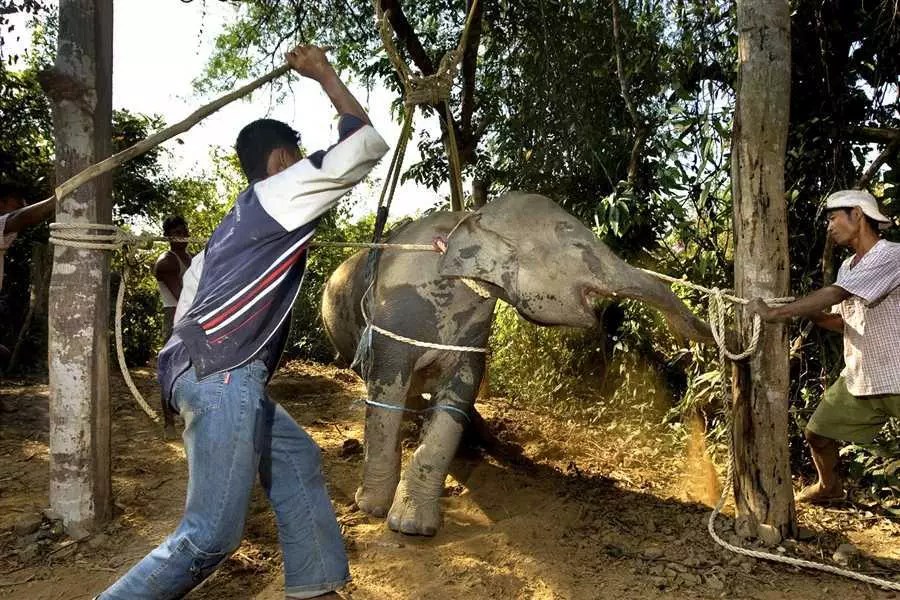
Www. Serbiananimalsvoice. Files. Wordpress. Com
In the past 10 years one million pangolin has been trafficked and killed. Pangolin and turtles are not the only animals that are trafficked and poached in Vietnam, eastern medicine markets also want tigers, rhinos and elephants. This human demand for species on the verge of extinction is killing ecosystems all around the world and it is hard to say if they will stop anytime soon.
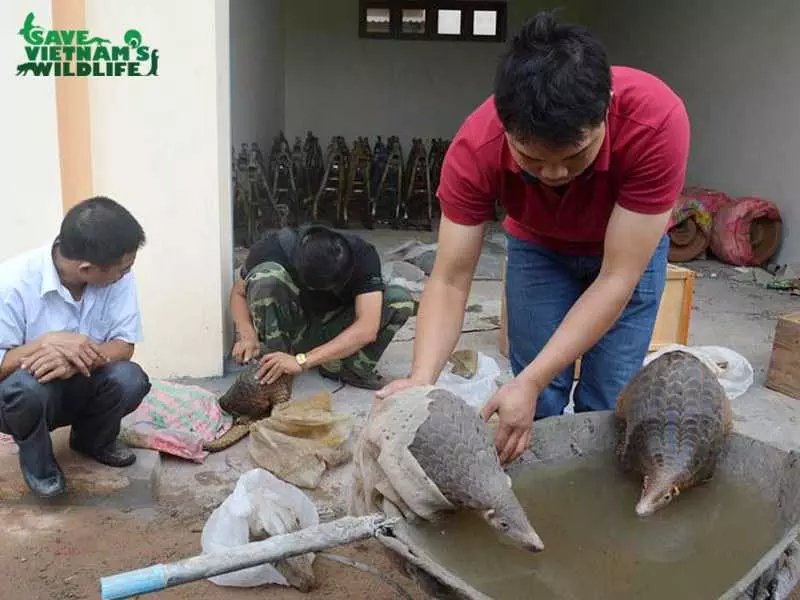
Www. /image. Vietnamnews. Vn
We are thankful to the Save Vietnam Wildlife rescuers and all other rescuers that answer the call of those in dangerous situations to be the heroes of people and animals who cannot help themselves. As authorities report people who traffic animals their efforts help push the world further away from wildlife extinction.

